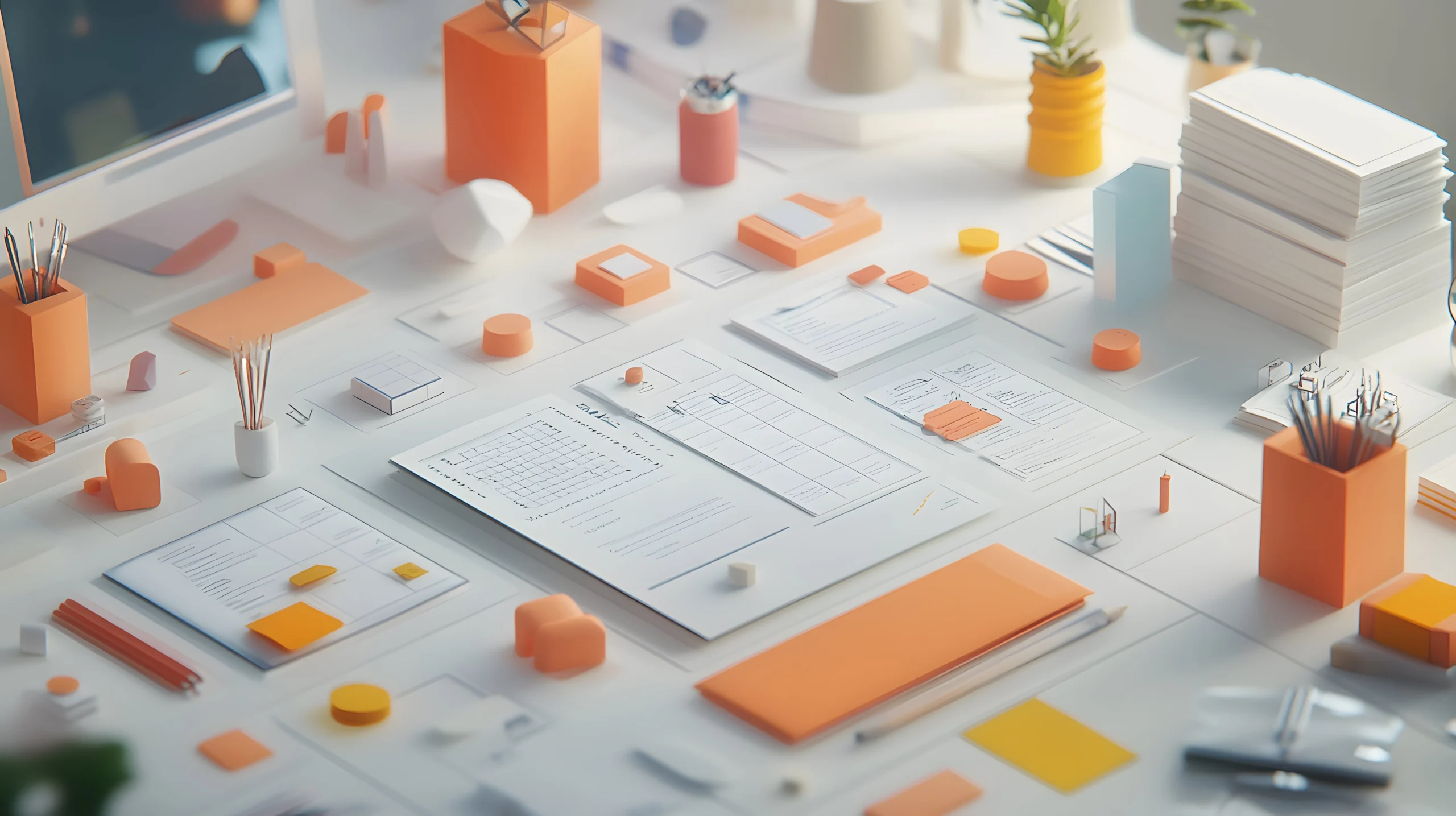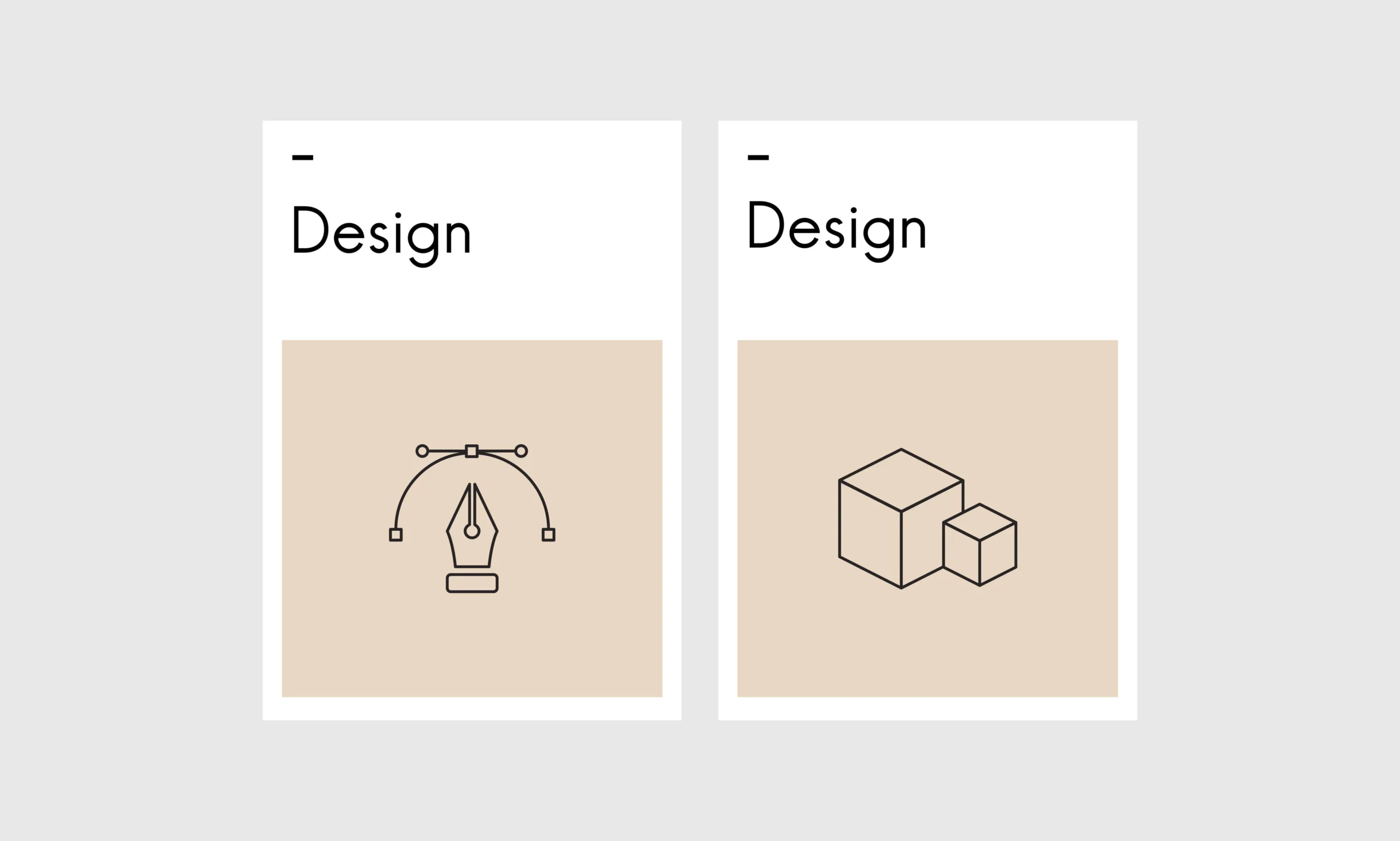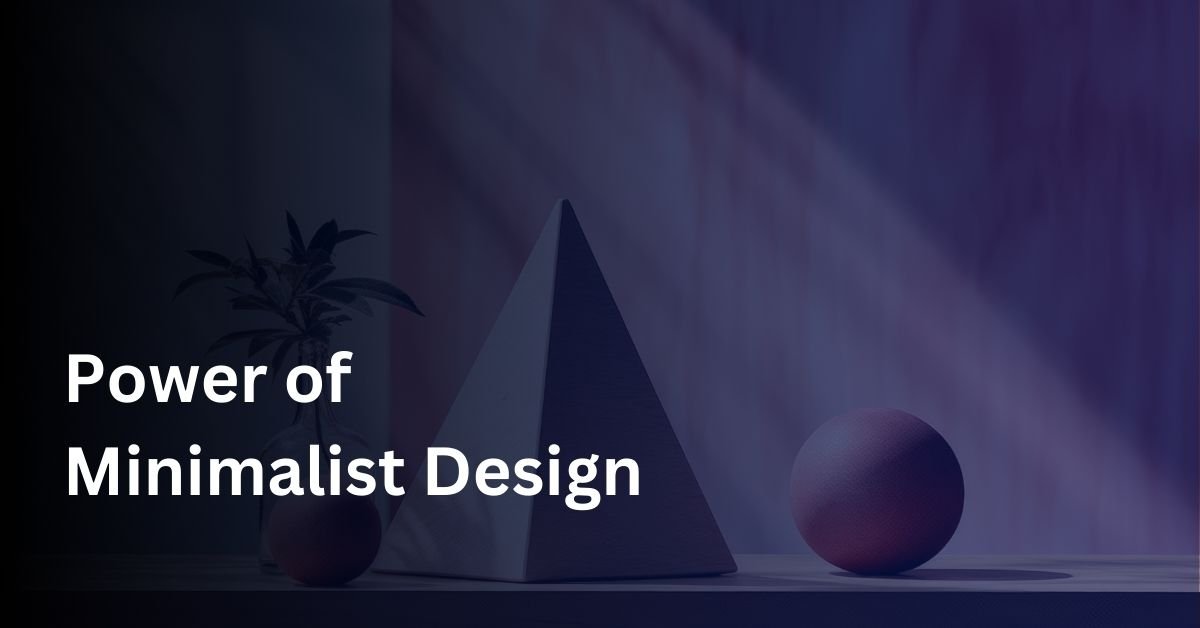In today’s fast-paced digital landscape, where consumers are constantly bombarded with information and choices, minimalist design has emerged as a powerful trend in product development. This approach emphasizes simplicity and functionality, often encapsulated by the mantra “less is more.” As we delve into the principles of minimalist design, we will explore its growing popularity and its profound impact on user satisfaction.
Understanding Minimalist Design

Minimalist design focuses on stripping away unnecessary elements to highlight what truly matters. By reducing clutter, designers can create products that are not only visually appealing but also easy to use. According to a study by the Nielsen Norman Group, users prefer simple interfaces, which can lead to higher satisfaction rates. As a result, many successful brands, including Apple and Google, have adopted minimalist principles in their product designs. For more insights, check out the article on The Importance of User-Centered Design.
The Benefits of Minimalist Design in Product Development

1. Enhanced User Experience:
Minimalist design enhances user experience by making interfaces more intuitive. When users encounter fewer distractions, they can navigate products more efficiently. This principle is crucial in product design, as it directly influences how users interact with and perceive a product.
2. Faster Load Times:
A minimalist approach often leads to faster load times. By limiting the number of elements on a page, developers can improve performance, leading to a more satisfying experience for users. In fact, studies have shown that even a one-second delay in page load can significantly decrease user satisfaction and conversion rates.
3. Increased Focus on Functionality:
By prioritizing essential features, designers can ensure that users can achieve their goals quickly. This focus on functionality encourages users to engage with the product rather than getting lost in unnecessary details. As highlighted in The Psychology of Minimalism, users appreciate designs that make their tasks easier.
4. Timeless Aesthetic:
Minimalist designs tend to have a timeless quality, allowing products to remain relevant longer. This not only appeals to consumers but also reduces the need for frequent redesigns, saving time and resources in the long run. For example, brands like Muji have thrived by maintaining a consistent minimalist aesthetic over the years. Improved Brand Perception: Brands that embrace minimalist design often enjoy a better reputation. A clean and simple design can convey professionalism and sophistication, helping to attract and retain customers. Furthermore, minimalist branding aligns with sustainability values, appealing to environmentally conscious consumers.
Minimalist design enhances user experience by making interfaces more intuitive. When users encounter fewer distractions, they can navigate products more efficiently. This principle is crucial in product design, as it directly influences how users interact with and perceive a product.
2. Faster Load Times:
A minimalist approach often leads to faster load times. By limiting the number of elements on a page, developers can improve performance, leading to a more satisfying experience for users. In fact, studies have shown that even a one-second delay in page load can significantly decrease user satisfaction and conversion rates.
3. Increased Focus on Functionality:
By prioritizing essential features, designers can ensure that users can achieve their goals quickly. This focus on functionality encourages users to engage with the product rather than getting lost in unnecessary details. As highlighted in The Psychology of Minimalism, users appreciate designs that make their tasks easier.
4. Timeless Aesthetic:
Minimalist designs tend to have a timeless quality, allowing products to remain relevant longer. This not only appeals to consumers but also reduces the need for frequent redesigns, saving time and resources in the long run. For example, brands like Muji have thrived by maintaining a consistent minimalist aesthetic over the years. Improved Brand Perception: Brands that embrace minimalist design often enjoy a better reputation. A clean and simple design can convey professionalism and sophistication, helping to attract and retain customers. Furthermore, minimalist branding aligns with sustainability values, appealing to environmentally conscious consumers.
Implementing Minimalist Design Principles

To harness the power of minimalist design in your product development, consider the following strategies:
- Prioritize Essential Features: Identify the core functionalities that users need and eliminate extraneous elements.
- Use White Space Effectively: White space is crucial in minimalist design. It allows users to breathe and helps draw attention to important content.
- Choose a Limited Color Palette: A limited color palette can create a cohesive and aesthetically pleasing design while preventing visual overload.
- Focus on Typography: Select clear and legible fonts that enhance readability without distracting from the overall design.
- Gather User Feedback: Continuously seek user feedback to refine and enhance your product design, ensuring it meets their needs effectively.
Conclusion
In conclusion, minimalist design is more than just a trend; it is a powerful philosophy that can significantly enhance user satisfaction in product development. By embracing simplicity and functionality, brands can create meaningful experiences that resonate with consumers. As the landscape of product design continues to evolve, the principles of minimalist design will remain essential in creating products that stand out in a crowded marketplace. For further reading on the impact of design in user experience, visit Interaction Design Foundation.



